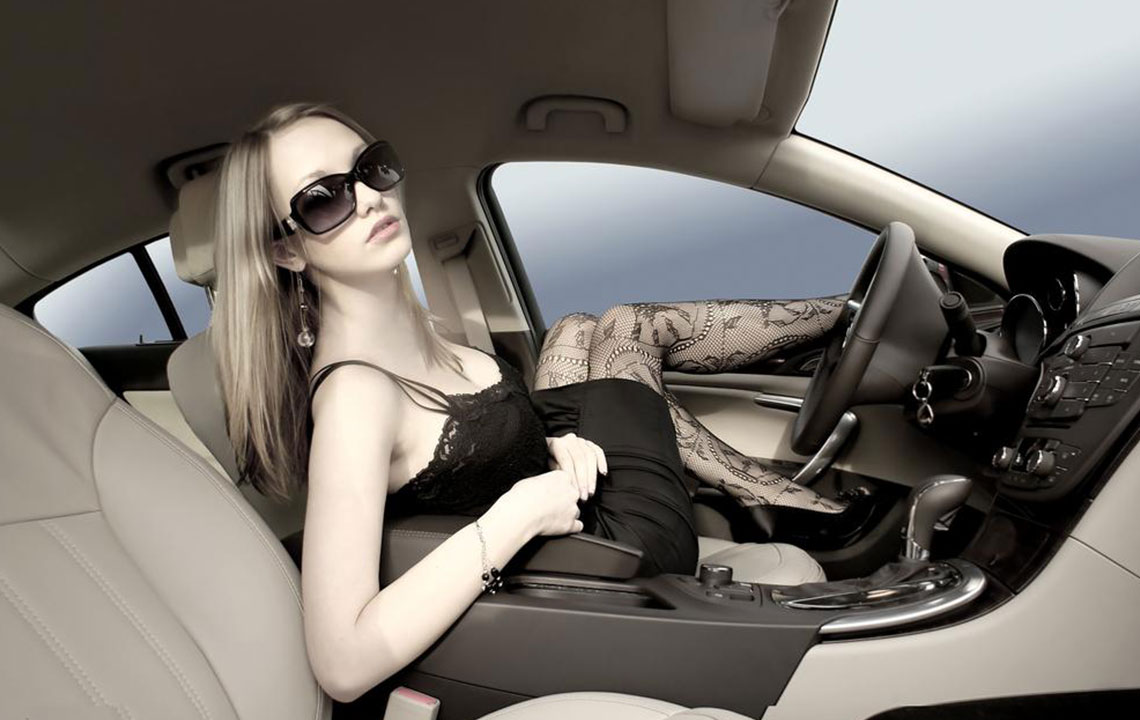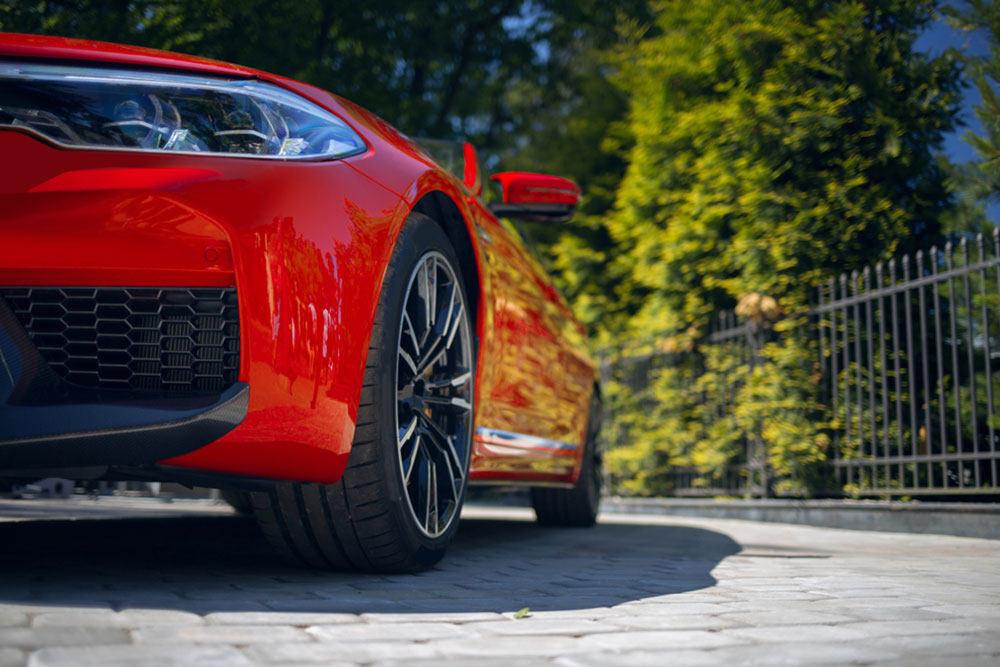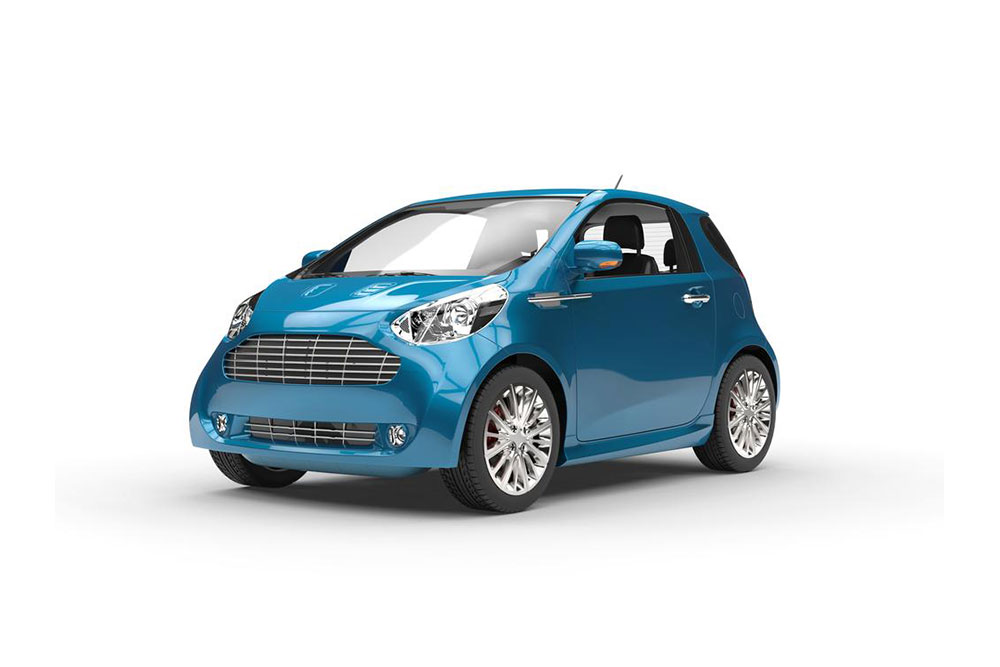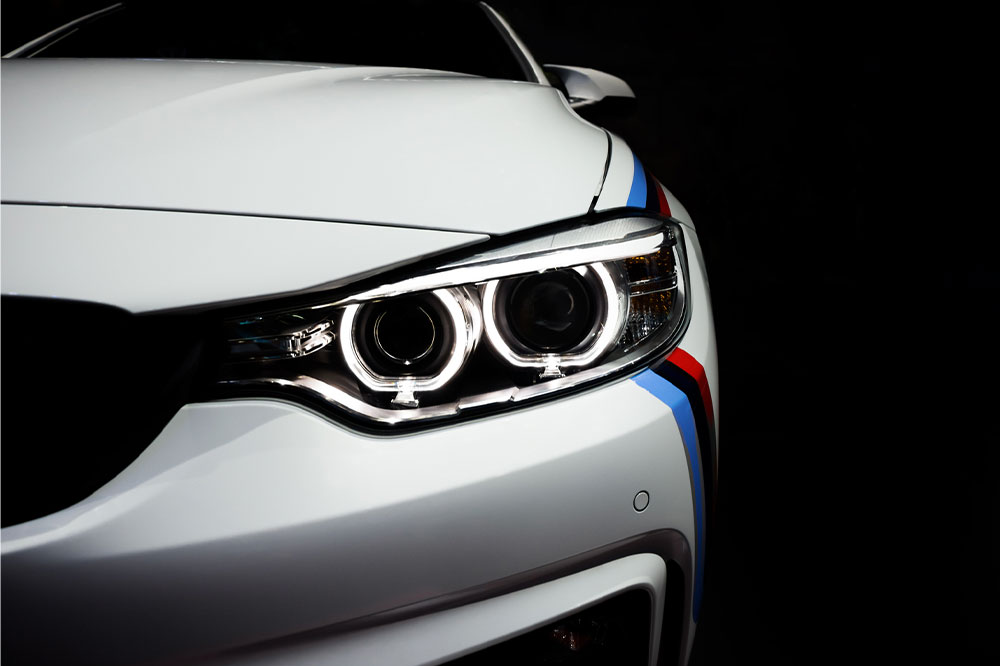Ultimate Guide to Luxury Vehicles: Features, Innovations, and Market Trends
Explore the comprehensive features, innovative technologies, and market trends of luxury vehicles in this detailed guide. Understand how layouts, safety, and interior craftsmanship define premium automobiles. Perfect for buyers and enthusiasts seeking an in-depth overview of high-end cars' evolving landscape.

Ultimate Guide to Luxury Vehicles: Features, Innovations, and Market Trends
Luxury vehicles, often referred to as premium cars, have established a distinct identity within the automotive industry. They are distinguished from standard vehicles by their superior quality, cutting-edge technology, refined craftsmanship, and exclusive features that deliver an unmatched driving experience. As a symbol of wealth and status, these vehicles appeal to discerning consumers who prioritize comfort, safety, and prestige. Over the years, technological innovations and evolving consumer preferences have driven these automobiles towards greater sophistication and performance, making them desirable investments for many car enthusiasts and affluent buyers alike.
One of the defining features of luxury cars is their high-quality interiors, often crafted with genuine leather, fine woodgrain dashboards, and state-of-the-art infotainment systems. These vehicles also incorporate advanced safety features—such as electronic stability control, anti-lock braking systems, adaptive cruise control, and autonomous emergency braking—that have become standards in the premium segment. Technological advancements have also led to the proliferation of 'smart' features like voice command systems, digital instrument clusters, and seamless smartphone integration that enhance ease of operation and overall user experience.
Luxury vehicles are not only about comfort and technology but also about delivering a superior driving experience. Many models feature rear-wheel drive configurations with longitudinally mounted engines, providing better handling dynamics, especially in performance-oriented variants. European brands like Mercedes-Benz, BMW, and Jaguar tend to favor front-mounted engines with front-wheel drive configurations, although rear-wheel drive remains prominent for its driving dynamics. Japanese manufacturers, such as Lexus and Infiniti, predominantly adopt the rear-wheel drive layout equipped with powerful inline-six and V8 engines, catering to enthusiasts who seek performance and smooth handling. These layout choices significantly impact vehicle performance, handling, and driver engagement, making them critical considerations for prospective buyers choosing luxury cars for leasing or purchase.
In addition to core features, many luxury vehicles incorporate subtle design elements aimed at maintaining understated elegance. Many buyers prefer discreet branding with options permitting badge removal, allowing owners to enjoy the prestige without overt displays of luxury. This trend aligns with a growing desire for personalization and privacy in the premium automotive market. Moreover, the influence of taxation policies, especially in Europe where higher taxes on large engines encourage smaller, more efficient powertrains, has led manufacturers to innovate with turbocharged engines, hybrid powertrains, and electric drivetrains, further diversifying the luxury segment.
The evolution of premium vehicles also reflects a shift towards environmental consciousness. Many high-end manufacturers are investing heavily in electric and hybrid vehicles to meet stricter emission laws and consumer demand for eco-friendly options. Luxury electric cars like the Tesla Model S and Mercedes-Benz EQ series exemplify how technology merges with sustainability, offering impressive range, quick acceleration, and premium comfort features simultaneously. As the market continues to evolve, the boundaries between traditional luxury vehicles and high-tech, sustainable mobility solutions are increasingly blurred, shaping the future of premium transportation.
In conclusion, luxury vehicles are distinguished by their combination of advanced technology, refined craftsmanship, powerful performance, and subtle elegance. Whether it’s the choice of layout, safety features, interior finishes, or engine configurations, these cars reflect a commitment to excellence and innovation that appeals to a sophisticated clientele. With ongoing advancements aimed at improving performance, safety, and environmental sustainability, the premium automobile market remains dynamic, promising exciting developments for consumers seeking the ultimate driving experience.
Luxury car manufacturers typically favor rear-wheel drive (FR) layouts driven by front-mounted longitudinal engines for optimal handling and balance. European brands like Mercedes-Benz, BMW, and Jaguar often prefer front-mounted engines coupled with front-wheel drive (FF) configurations, providing a practical balance of performance and space. Conversely, Japanese luxury brands like Lexus and Infiniti favor rear-wheel drive layouts, often with powerful inline-six and V8 engines, facilitating superior handling, ride comfort, and performance potential. These layout choices influence handling dynamics, maintenance considerations, and leasing options tailored to individual preferences and driving needs, making them a central factor for luxury vehicle enthusiasts and prospective buyers alike.





